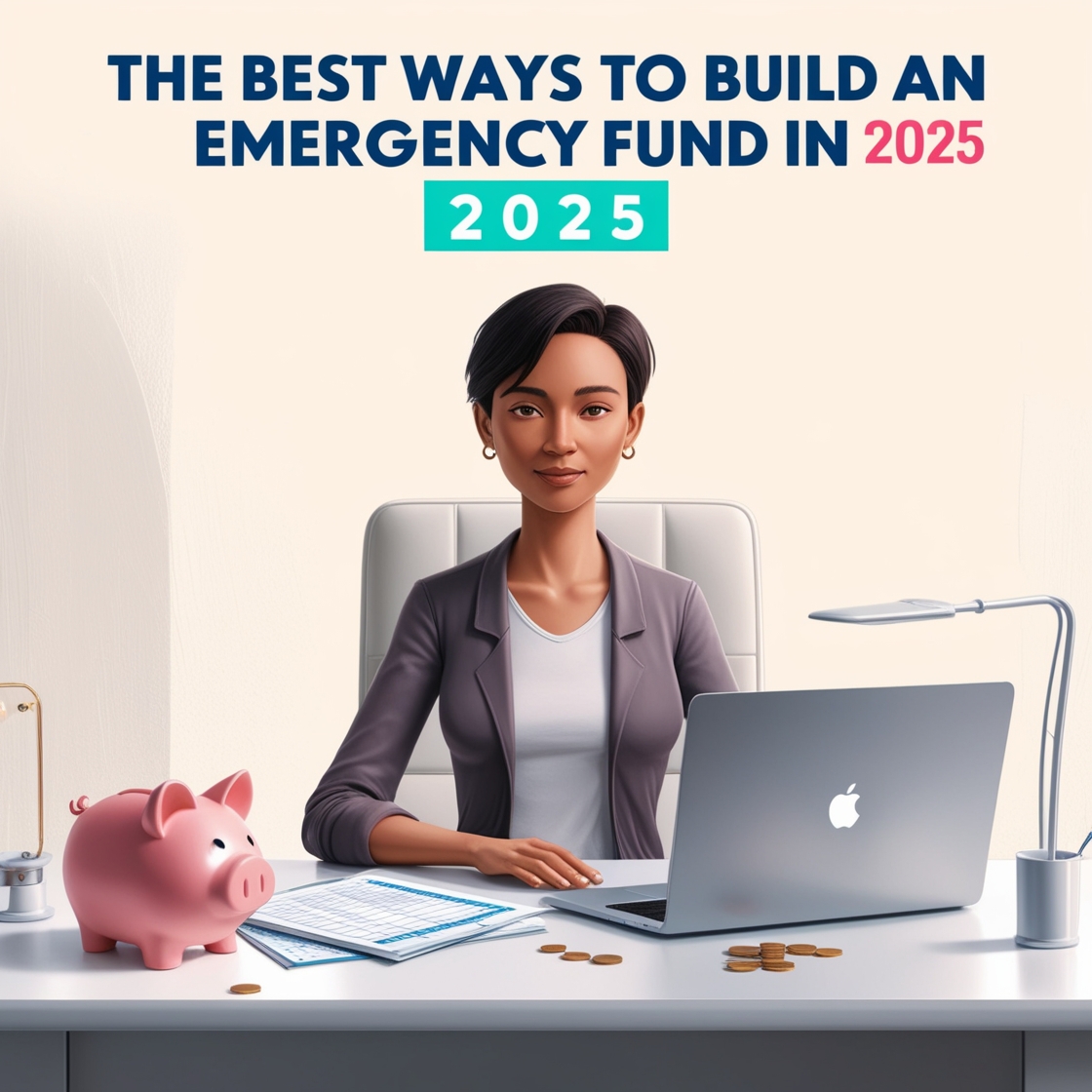An emergency fund is an essential part of financial security, serving as a safety net for unexpected expenses such as medical bills, car repairs, or sudden job loss. With economic uncertainties continuing to shape the global landscape in 2025, building an emergency fund has become more critical than ever. Here, we explore the best strategies to create a robust emergency fund while considering the unique financial challenges and opportunities of the modern age.
1. Understand the Importance of an Emergency Fund
Before diving into the how-to, it’s crucial to understand why an emergency fund matters. Life is unpredictable, and unforeseen expenses can quickly derail your finances if you’re not prepared. An emergency fund ensures you don’t have to rely on credit cards, loans, or deplete your savings. It provides peace of mind and financial stability, allowing you to handle emergencies without jeopardizing long-term financial goals.
2. Set a Clear Goal
Establishing a target amount for your emergency fund is the first step. Experts typically recommend saving three to six months’ worth of living expenses, though your goal may vary based on your personal circumstances. Consider factors such as your job stability, family size, and existing financial obligations. In 2025, with rising inflation and fluctuating job markets, it might be wise to aim for the higher end of the spectrum.
3. Start Small, But Start Now
Building an emergency fund can feel daunting, especially if you’re starting from scratch. The key is to start small but remain consistent. Even saving as little as $20 a week can add up over time. Use automatic transfers to a dedicated savings account to make saving effortless. By starting now, you’ll develop a habit that will make it easier to scale up your contributions later.
4. Track Your Expenses
Understanding your spending habits is crucial for identifying areas where you can cut back. Use budgeting apps or create a detailed spreadsheet to categorize and analyze your expenses. In 2025, advanced AI-powered financial tools can provide insights into your spending patterns, helping you pinpoint unnecessary expenses that can be redirected toward your emergency fund.
5. Embrace the Gig Economy
The gig economy continues to thrive, offering numerous opportunities to earn extra income. Consider taking on a side hustle, such as freelance writing, ridesharing, or selling products online. Platforms like Upwork, Fiverr, and Etsy are excellent resources for finding gigs that match your skills. Dedicate the income from these activities exclusively to your emergency fund to accelerate your progress.
6. Cut Back on Non-Essentials
Reevaluating discretionary spending is a practical way to free up money for your emergency fund. Analyze expenses like dining out, streaming subscriptions, or luxury purchases, and identify areas where you can make cuts. For instance, cooking at home instead of eating out or canceling unused subscriptions can yield significant savings over time. Remember, these sacrifices are temporary and contribute to a more secure financial future.
7. Automate Your Savings
Automation is a powerful tool for consistent saving. Set up an automatic transfer from your checking account to a dedicated savings account on payday. Many banks and financial apps in 2025 offer features that round up your purchases to the nearest dollar and deposit the difference into your savings. These small, incremental additions can make a big difference without requiring extra effort.
8. Take Advantage of High-Interest Savings Accounts
Maximize the growth of your emergency fund by placing it in a high-yield savings account or money market account. These accounts offer better interest rates than traditional savings accounts, helping your money grow faster. In 2025, digital banks and fintech platforms often provide competitive rates and easy access to your funds, making them a great option for emergency savings.
9. Avoid Dipping Into Your Fund
Discipline is key when building an emergency fund. Treat it as untouchable unless you face a genuine emergency. Create a clear definition of what constitutes an emergency to avoid unnecessary withdrawals. For example, replacing a broken appliance may qualify, but a last-minute vacation should not. Maintaining this discipline ensures your fund is available when you truly need it.
10. Reevaluate and Adjust Regularly
Life circumstances change, and so should your emergency fund. Reassess your savings goal annually or whenever you experience significant life changes, such as getting married, having children, or switching jobs. Adjust your contributions accordingly to ensure your fund continues to meet your needs.
11. Leverage Tax Refunds and Bonuses
Tax refunds, work bonuses, or unexpected windfalls are excellent opportunities to boost your emergency fund. Instead of splurging on non-essentials, commit a portion—or all—of these funds to your savings. This approach allows you to make significant progress without impacting your regular budget.
12. Stay Motivated with Milestones
Setting and celebrating milestones can help you stay motivated throughout the saving process. Break your ultimate goal into smaller, manageable targets. For example, aim to save $1,000, then $5,000, and so on. Reward yourself with a small treat for each milestone reached to maintain enthusiasm and commitment.
13. Educate Yourself on Financial Literacy
Knowledge is power, especially when it comes to personal finance. Take advantage of online resources, books, and workshops to improve your financial literacy. Understanding topics such as budgeting, saving, and investing will empower you to make informed decisions and manage your emergency fund effectively.
14. Stay Consistent Despite Challenges
Building an emergency fund requires persistence, especially in the face of financial challenges. Stay focused on your goal, even when progress feels slow. Remember, every dollar saved brings you closer to financial security. Keep reviewing your strategies, stay adaptable, and prioritize your fund’s growth. By 2025’s end, you’ll have a strong safety net to face life’s uncertainties with confidence.
By implementing these strategies, you can successfully build an emergency fund in 2025. The journey may require effort and sacrifices, but the peace of mind and financial security it provides will be well worth it.
